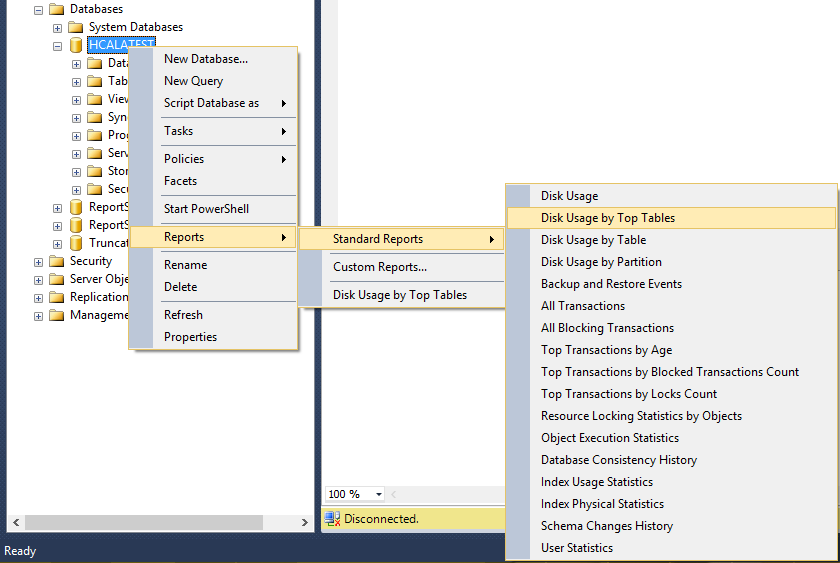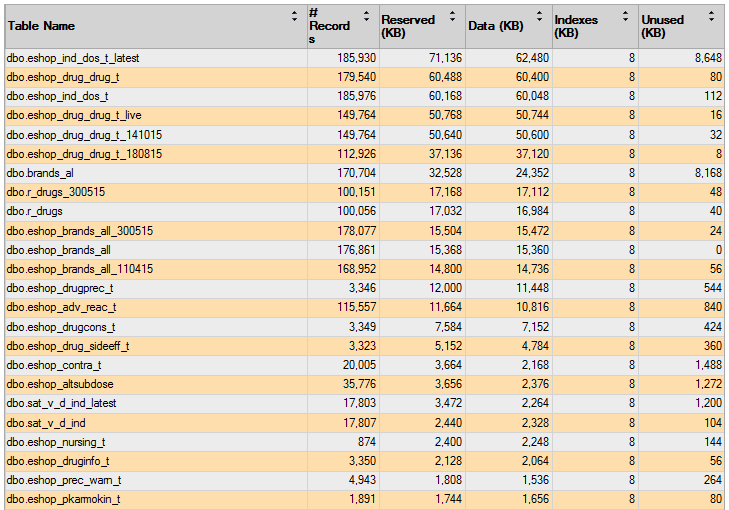This article is half-done without your Comment! *** Please share your thoughts via Comment ***
In this post, I am sharing a SSMS Report option to find the usage of a disk by giving different objects like Tables, Indexes.
I have already shared different SQL DBA scripts to find the size of tables and indexes, but SSMS also has a report option using that you can find disk usage without any TSQL Script.
One day our product manager came to me and asked like what is the largest table in our SQL Server.
At the same time, I didn’t have any TSQL script in my hand, so I just populate this report using SSMS and immediately served that request.
Sometimes, we forget this kind of handy option so find below reference images and generate your disk usage report.




